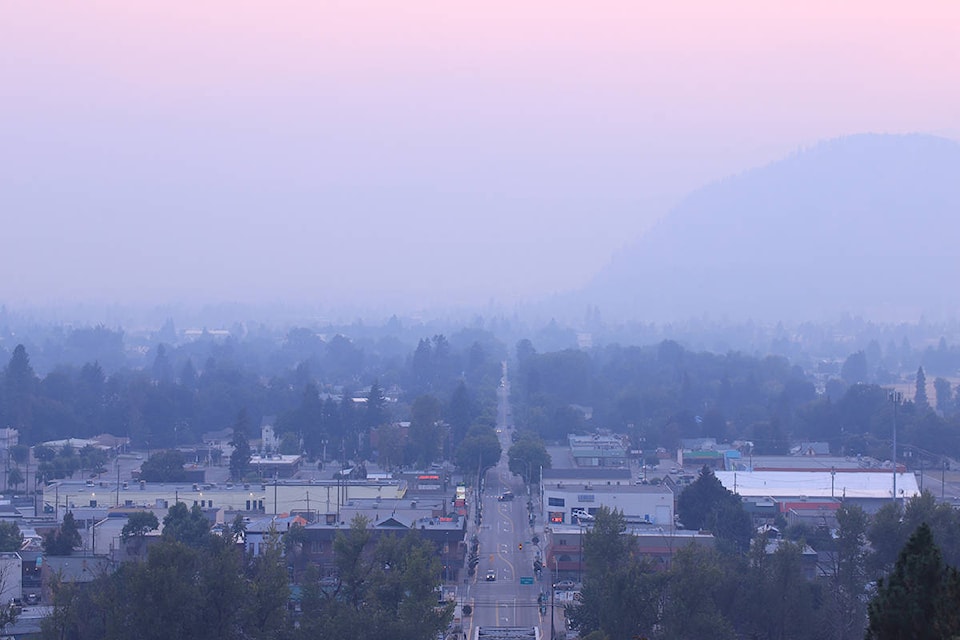Grand Forks had the second highest smog levels in British Columbia last year, according environment ministry data summarized in the BC Lung Association’s 2020 “State of the Air Report.”
Particulate matter is what researchers call tiny flecks of soot and engine exhaust floating in the air.
READ MORE: Some parts of B.C. enjoy better air quality but southern regions still affected
READ MORE: December air quality warning lifted for Grand Forks
A recent report by Selkirk College’s Rural Development Institute (RDI) found that breathing particulate matter can aggravate lung conditions like asthma and bronchitis. The report summarizes other reasearch studies showing that long-term exposure is correlated with increased incidence of heart disease.
Houston, B.C. had the highest particulate levels in the province in 2019. Northern sections of the province, where forest fires are common, tend to have higher than average levels, accroding to the Lung Association’s State report.
The RDI’s report suggests that cold winter weather kept a significant volume of particulate over the Boundary last year.
@ltritsch1
laurie.tritschler@grandforksgazette.ca
Like us on Facebook and follow us on Twitter.
